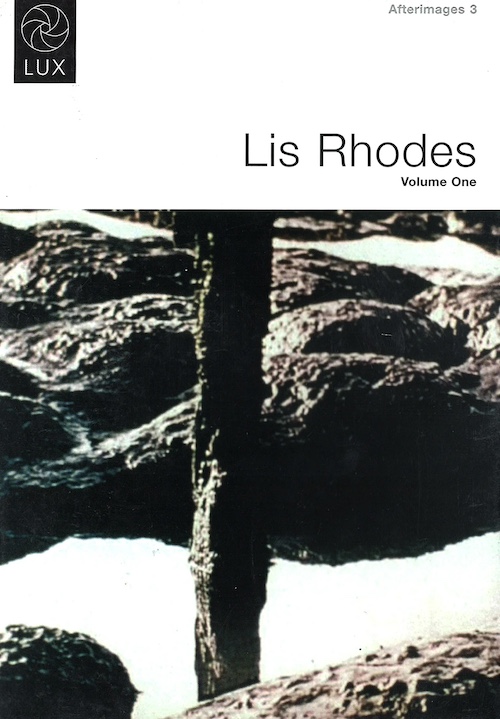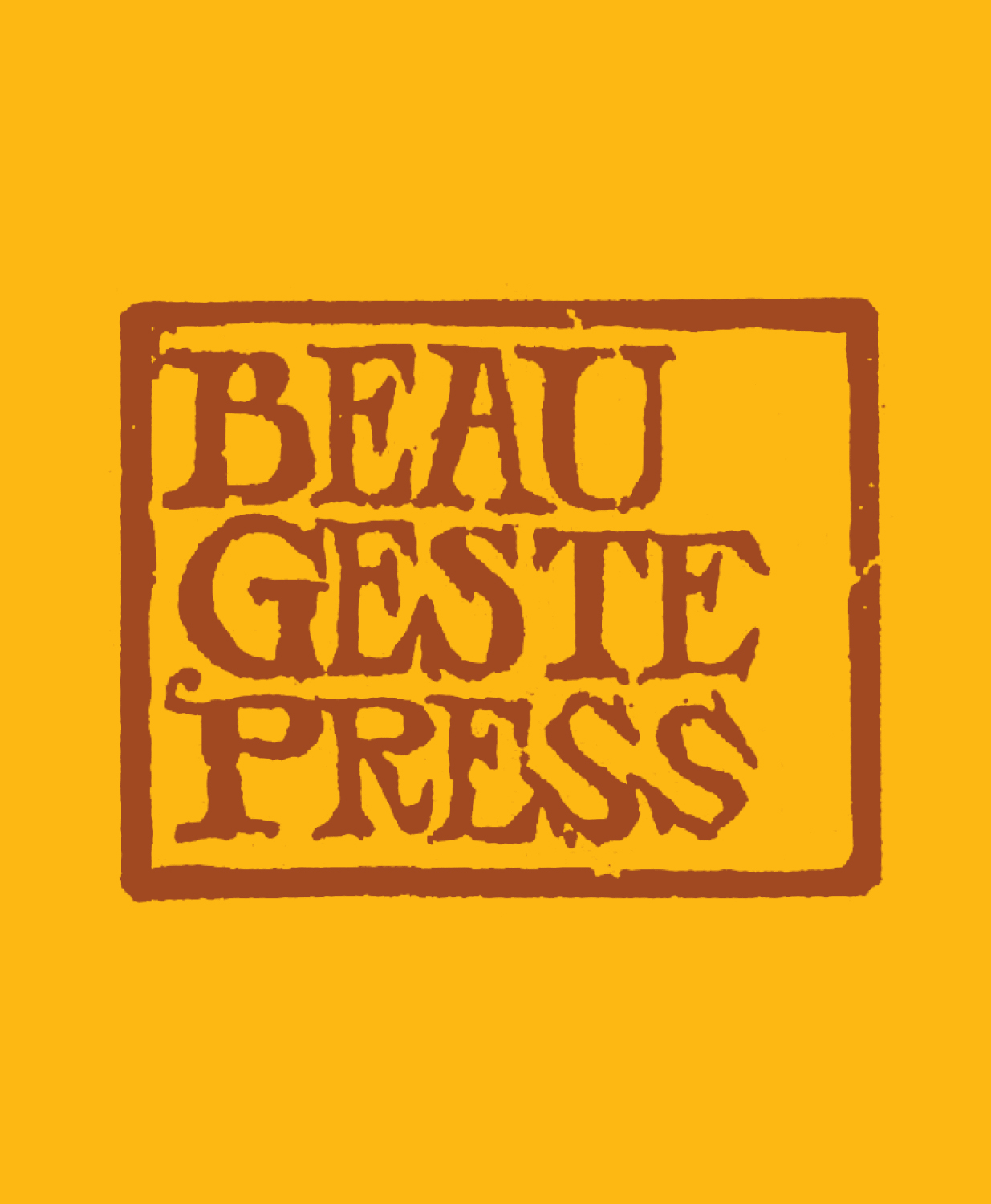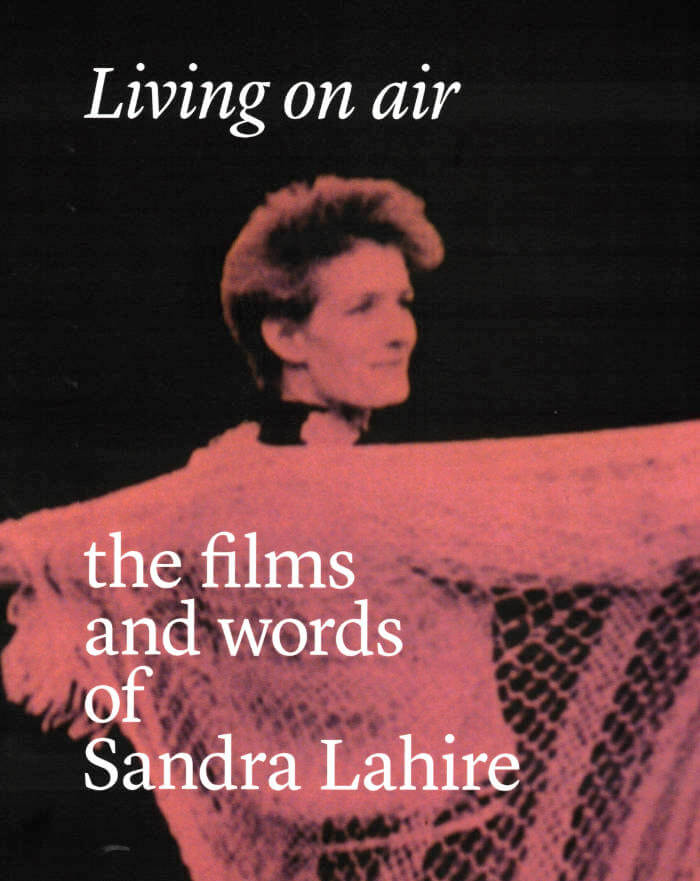
Shoot Shoot Shoot: The First Decade of the London Film-Makers' Co-operative 1966-76
Mark Webber ed.
The 1960s and 1970s were a defining period for artists’ film and video, and the London Film-Makers’ Co-operative (LFMC) was one of the major international centres. Shoot Shoot Shoot documents the first decade of an artist-led organisation that pioneered the moving image as an art form in the UK, tracing its development from within London’s counterculture towards establishing its own identity within premises that uniquely incorporated a distribution office, cinema space and film workshop.
Contributions from: Antony Balch, Ian Breakwell, Bob Cobbing, John Collins, David Crosswaite, David Curtis, Fred Drummond, John Du Cane, Mike Dunford, Ray Durgnat, Deke Dusinberre, Stephen Dwoskin, Gill Eatherley, Steve Farrer, Simon Field, Chris Garratt, Peter Gidal, Marilyn Halford, David Hall, Roger Hammond, Simon Hartog, Ron Haselden, Jim Haynes, Roger Hewins, Tony Hill, Jeff Keen, Ian Kerr, Jonathan Langran, David Larcher, John Latham, Malcolm Le Grice, Mike Leggett, Carla Liss, John Mathews, Harvey Matusow, Anthony McCall, Barry Miles, Jack Henry Moore, Annabel Nicolson, Jenny Okun, David Parsons, Sally Potter, Stuart Pound, William Raban, Anne Rees-Mogg, Lis Rhodes, Carolee Schneemann, Anthony Scott, Guy Sherwin, John Smith, Chris Welsby. Illustrated throughout in full colour, this book brings together a wide variety of texts, images and archival documents, and includes newly commissioned essays by Mark Webber, Kathryn Siegel and Federico Windhausen.
LUX, London / 2016
Paperback, 288 pages incl 193 full colour illustrations







